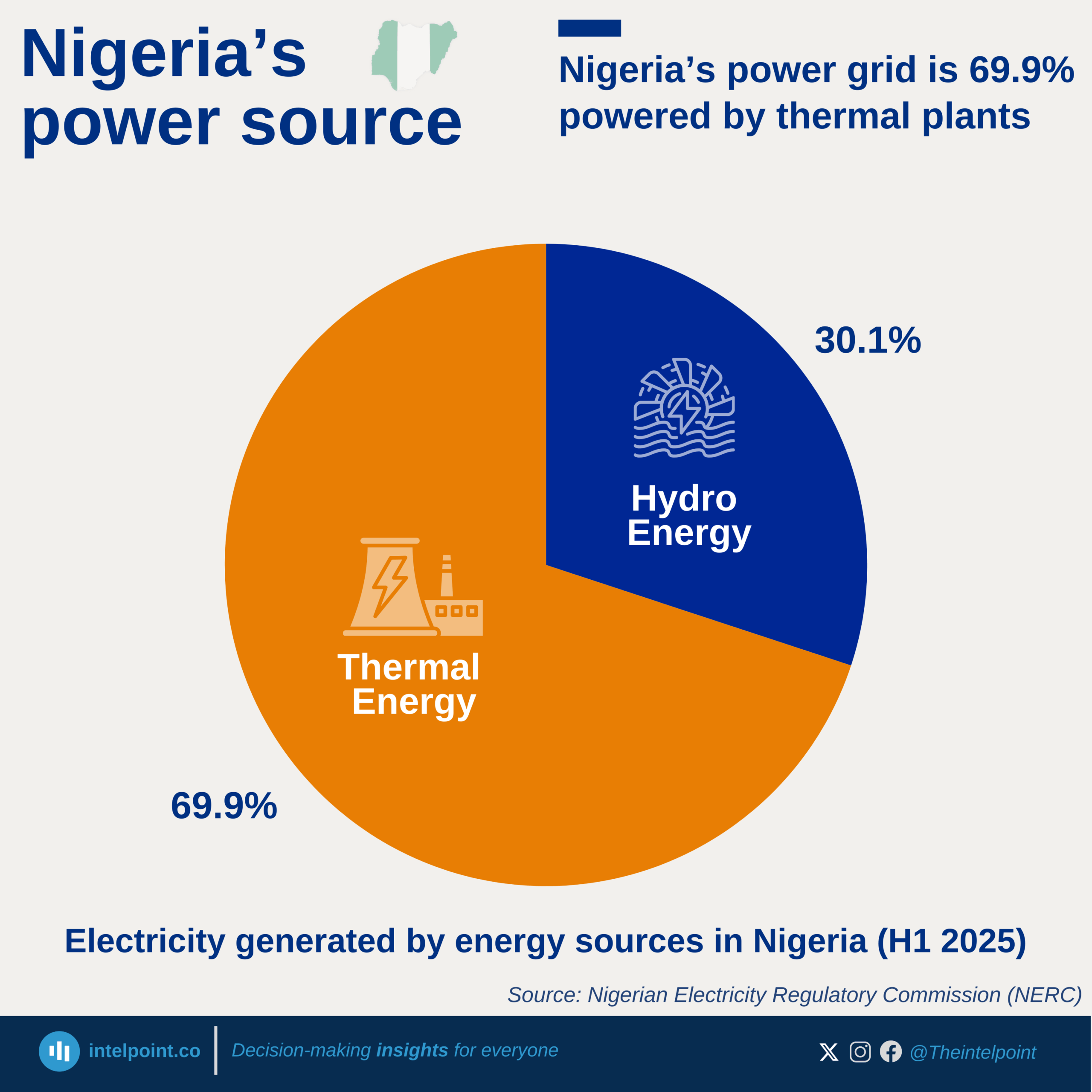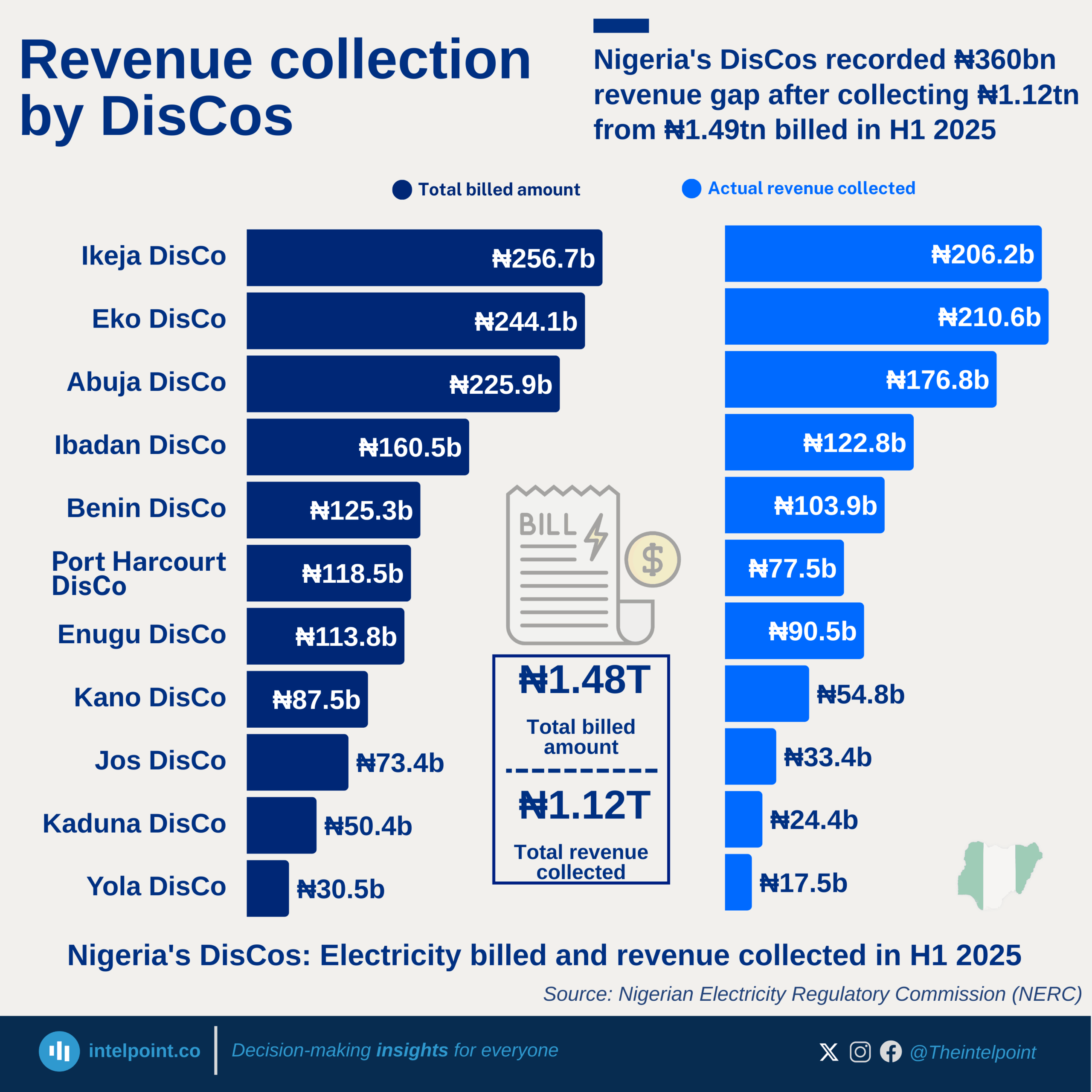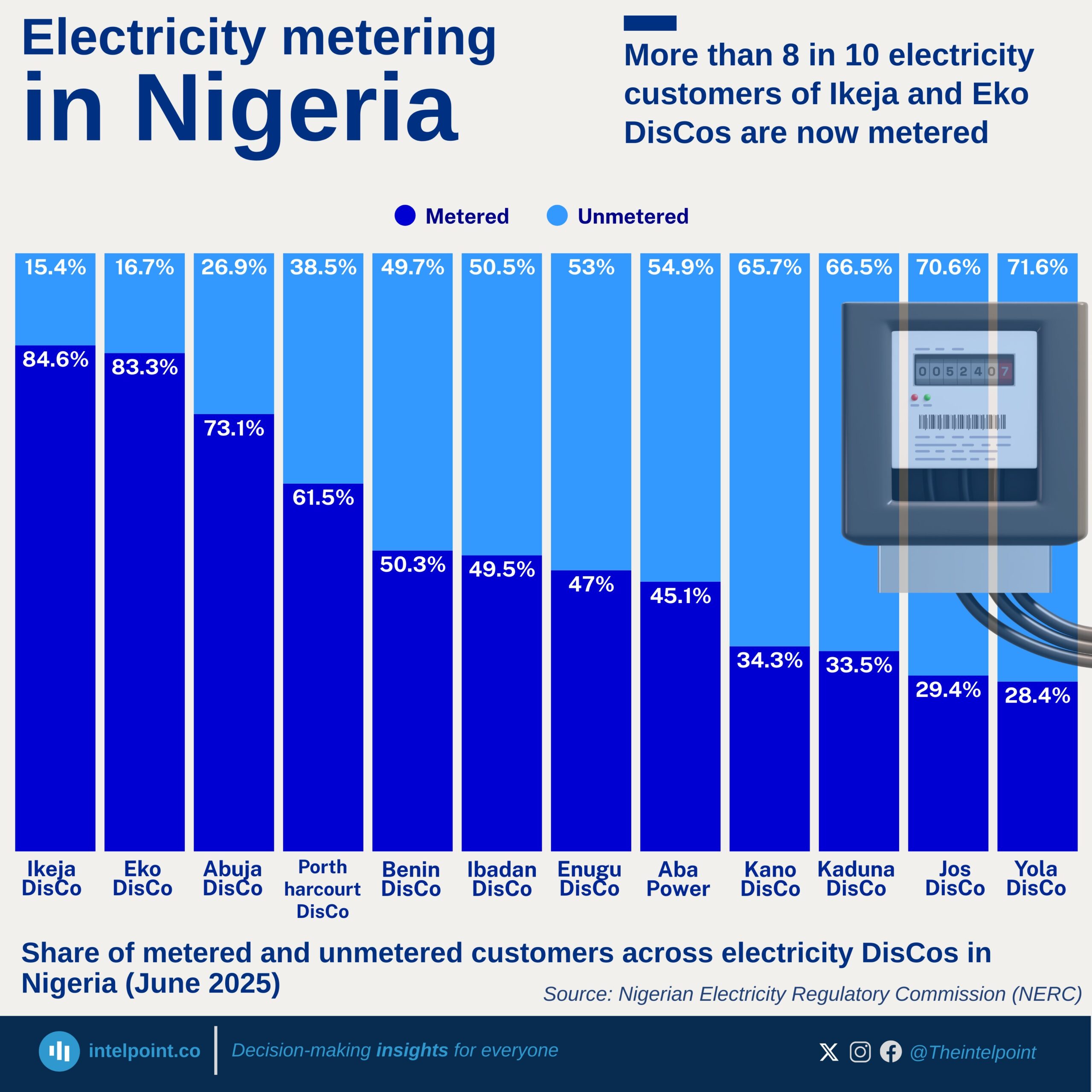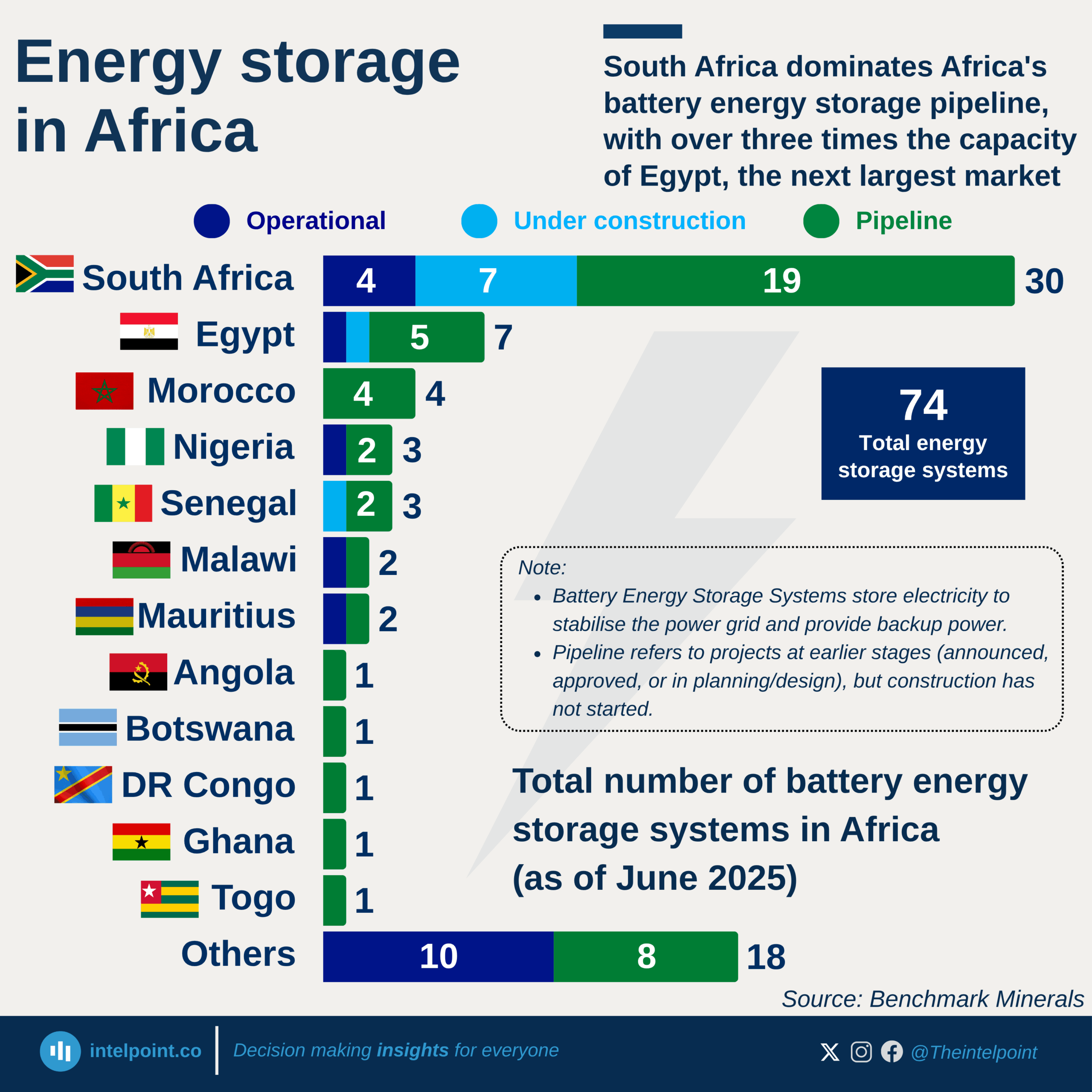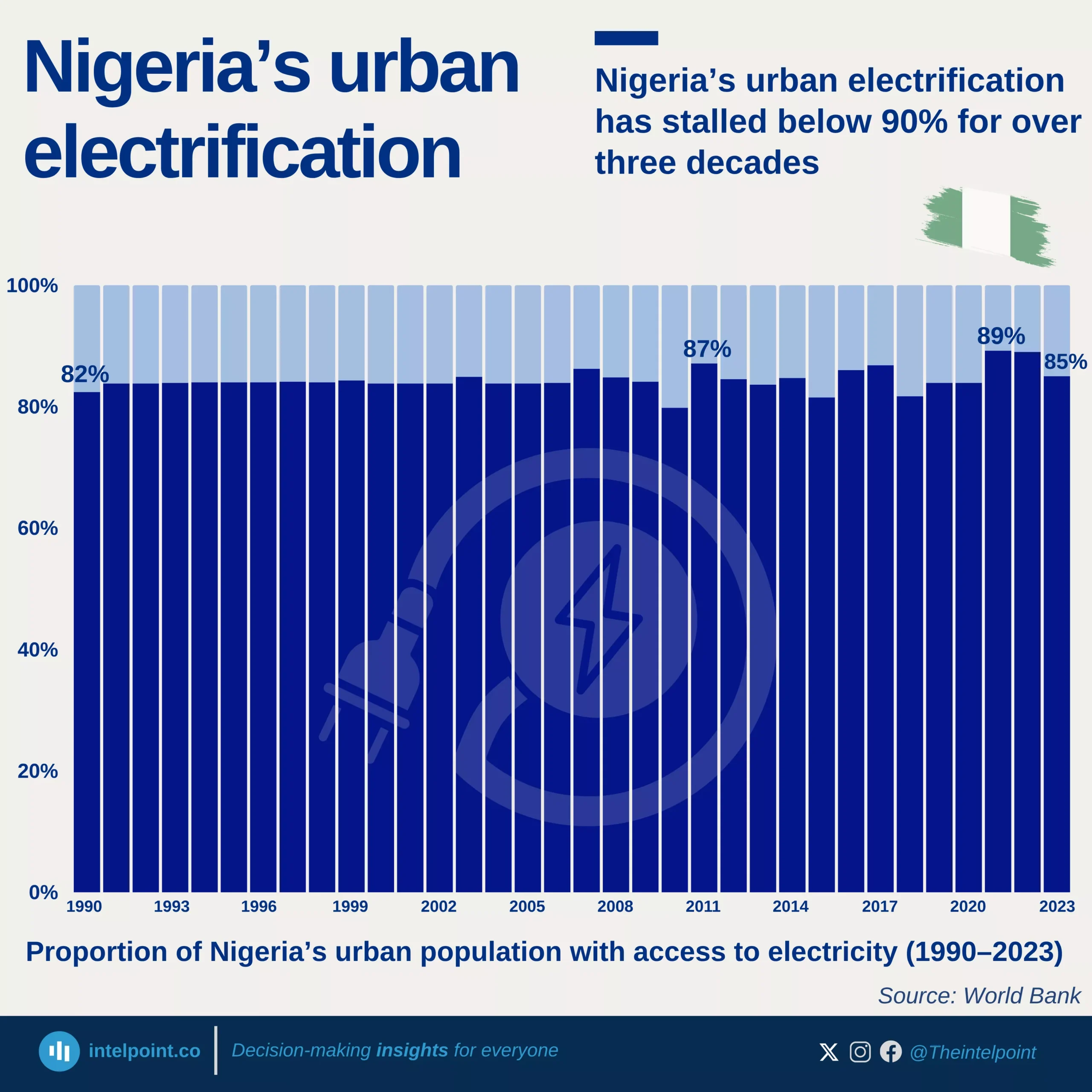Angola’s renewable energy sector has experienced notable growth over the past decade, but its progress has slowed in recent years. From 2015 to 2021, Angola steadily expanded its renewable energy capacity from 1.0 GW to 3.8 GW. However, since 2022, the country’s capacity has stagnated at 4.1 GW, showing little to no annual growth. This plateau marks a shift from the earlier rapid expansion phase to a period of slowed momentum.
Angola’s experience highlights the challenge of sustaining growth after initial gains. Many African nations often begin renewable energy transitions with a strong push, but long-term progress depends on consistent investment, infrastructure development, and policy support. Interestingly, Angola’s 4.1 GW in 2024 still puts it ahead of Nigeria’s 3.7 GW, despite Nigeria being much larger and more populous. This demonstrates that Angola’s earlier commitment has paid off, even though its recent stagnation could erode its comparative advantage as the continent moves forward.
